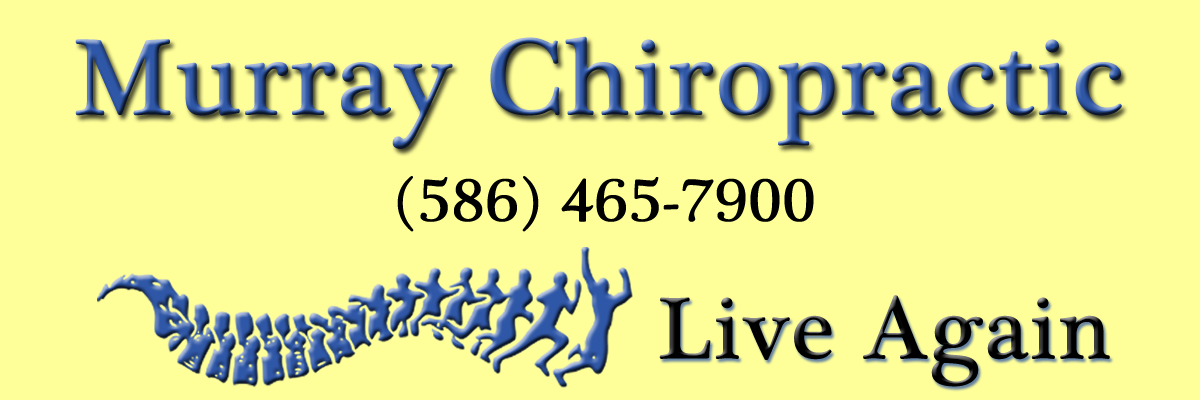References and Investigative Studies
https://www.chironexus.net/2014/03/chiropractic-sports-related-elbow-pain/
Bronfort G, Haas M, Evans R, Leininger B, Triano J. Effectiveness of manual therapies: the UK evidence report. Chiropr Osteopat. 2010 Feb 25;18:3. doi: 10.1186/1746-1340-18-3.
The purpose of this report is to provide a succinct but comprehensive summary of the scientific evidence regarding the effectiveness of manual treatment for the management of a variety of musculoskeletal and non-musculoskeletal conditions.
The conclusions are based on the results of systematic reviews of randomized clinical trials (RCTs), widely accepted and primarily UK and United States evidence-based clinical guidelines, plus the results of all RCTs not yet included in the first three categories. The strength/quality of the evidence regarding effectiveness was based on an adapted version of the grading system developed by the US Preventive Services Task Force and a study risk of bias assessment tool for the recent RCTs.
By September 2009, 26 categories of conditions were located containing RCT evidence for the use of manual therapy: 13 musculoskeletal conditions, four types of chronic headache and nine non-musculoskeletal conditions. We identified 49 recent relevant systematic reviews and 16 evidence-based clinical guidelines plus an additional 46 RCTs not yet included in systematic reviews and guidelines. Additionally, brief references are made to other effective non-pharmacological, non-invasive physical treatments.
Spinal manipulation/mobilization is effective in adults for: acute, subacute, and chronic low back pain; migraine and cervicogenic headache; cervicogenic dizziness; manipulation/mobilization is effective for several extremity joint conditions; and thoracic manipulation/mobilization is effective for acute/subacute neck pain.
Gliedt JA, Daniels CJ. Chiropractic management of elbow tendinopathy following a sports related trauma. The Journal of the Canadian Chiropractic Association. 2014;58(1):52-57.
This report describes chiropractic management of a case of sub-acute elbow pain and swelling with Active Release Technique® and acupuncture.
A 41-year-old male presented to a chiropractic clinic with a primary complaint of elbow pain and swelling following a fall while playing basketball five weeks prior.
Treatment consisted of two sessions of needle acupuncture and one treatment of Active Release Techniques® (ART) applied to the left elbow region.
The patient’s outcomes indicated a quick resolution of subjective complaints and objective findings with the chosen treatment. Further research is needed to demonstrate safety, clinical effectiveness, and cost effectiveness when compared to other treatments.
Forearm extensor tendinopathy is commonly seen between the fourth and fifth decades of life, with higher incidence in men than women, and more commonly of the dominant arm. The onset of symptoms predominately arises from repetitive movement with wrist extension and alternating pronation and supination of the forearm. It is likely to be a self-limiting pathology and approximately 80% of patients newly diagnosed report improvement at one year. An estimated 4–25% of patients are non-responsive to conservative management and will require surgical intervention. Recognized poor prognostic factors for non-operative care include manual labor, dominant arm involvement, long duration of symptoms with high baseline pain levels, and poor coping strategies.
Pathology of the extensor tendon is thought to originate with the extensor carpi radialis brevis (ECRB) and may additionally incorporate the extensor carpi radialis longus (ECRL), and extensor carpi ulnaris (ECU) muscles. Upon suffering a tendinopathy injury, these tendons appear to undergo a degenerative process characterized by immature fibroblasts, the appearance of nonfunctional vascular buds and the presence of disorganized collagen.
The purpose of this report is to describe the successful chiropractic management of a case of elbow pain and swelling. This case appears to be the result of a sports related trauma as opposed to an overuse mechanism.
Hains G. Chiropractic management of shoulder pain and dysfunction of myofascial origin using ischemic compression techniques. The Journal of the Canadian Chiropractic Association. 2002;46(3):192-200.

